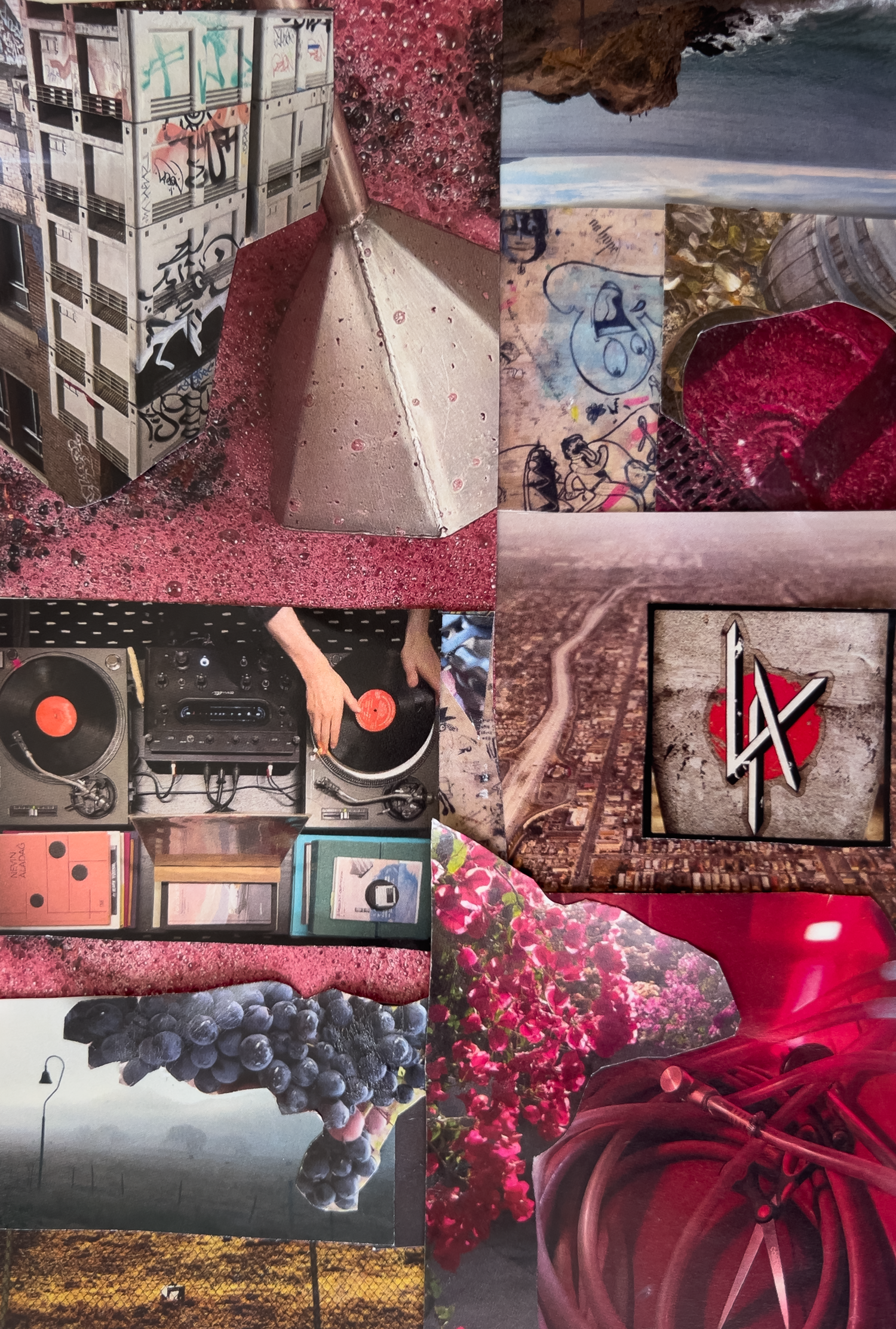
Alta Sueños combines the spirit of home winemaking with access to the minds and facilities of accomplished producers.
Born of restless enthusiasm during the harvest of the pandemic, the project has evolved into a small lot, low-intervention winemaking practice that’s now in its third vintage.
My goals are to explore off-the-beaten-track terroir, to work in a style that honors the producers who inspire me, and to make something worthy of good food, good music and good company.
I make wine because I love wine. There’s no other reason to go to the trouble.
2023 California
Field Blend
Besio Vineyard ✣ Santa Cruz Mountains
A co-fermented blend of Sangiovese, Dolcetto, Refosco, Syrah and Pinot Noir from an absolute unicorn of a vineyard on the San Francisco Peninsula. Freshness and extraction in perfect harmony. Red fruit, crushed stone and sexy aromatic energy.
Wine
-
Inspired by his own travels to Italy and his parents’ stories of the old country, Carlo Besio planted the acre around his Portola Valley home to Sangiovese, Dolcetto, Refosco, Syrah and Pinot Noir.
Today, the equipment he used to practice the home winemaking tradition of his ancestors still sits in a quiet corner of the property, surrounded by head-trained vines that were tended by hand and by family from 1980 until Carlo’s passing in 2016.
Portola Valley is located on the eastern slope of the Santa Cruz Mountains, about 500 feet above San Francisco Bay. The vineyard sits on an alluvial fan of pleistocene gravel and clay overlying Franciscan Complex greenstone. Just ten miles from the ocean and only eight from Ridge’s legendary Monte Bello, the site enjoys the typically cool NorCal coastal climate; but unlike vinyeards on the AVA’s western exposure, it stays a bit warmer overnight—ideal conditions for thick-skinned Italian varietals to reach phenolic ripeness without giving their freshness and acidity away.
Presently, Besio Vineyard is dry-farmed to organic standards by the team at Costal Range Vineyards. Jane Besio, now in her 80s, still lives on the property. I consider it an honor to make the wine that’s been a staple of her table for decades, and just as honored to share a new expression of this place with you. -
AVA: Santa Cruz Mountains
Soils: Pleistocene gravel, sand, silt & clay
Planted: 1980
Varietals: Dolcetto, Sangiovese, Refosco, Syrah, Pinot Noir
Method: Co-fermentation
Brix at Harvest: 21°
pH: 3.40
TA: 5.7 g/L
ABV: 11.6%
Production: 550LFruit was hand-harvested at dawn on October 12th. No effort to sort the lot by varietal was made: 100% of the fruit was destemmed with equipment set to maximize intact berries, cold soaked overnight and foot-treaded the following morning. For the next several days the fermenter was moved outdoors into direct sunlight to warm the must and promote native yeast fermentation. A cap formed by day 3, at which point the tank was moved to a cool spot in the winery and given gentle punchdowns as necessary until October 24th, when the primary fermentation was complete.
After 36 hours of extended maceration, free run was racked away and the remaining must was bladder-pressed to 1.1 bar. All resulting wine was combined to a single tank, blanketed with CO2, and left to settle in the cellar. On November 3rd the tank was gravity-racked to two neutral French oak barrels and a stainless steel keg. Malolactic fermentation occurred naturally and was complete by mid-February. The finished wine was bottled without fining or filtration September 9, 2024.
A word on sulfites & interventions: This wine is the product of native yeast fermentation and other spontaneous natural processes. By necessity, these were directed in the winery via temperature, atmosphere, time, and minimum-effective additions that resulted in 0.0114 grams of unbound sulphur dioxide per liter of finished wine. The approach is less about arbitrary notions of naturalness and more about providing an environment where the vinification can be driven by what came in from the vineyard. In my experience, the better indicator of quality isn’t whether a particular winemaking intervention took place, but whether the decision to intervene resulted in a lesser or greater expression of terroir.
Do you enjoy sporadic short essays and access to excellent, extremely limited-production wines?
Great. Welcome to the mailing list.
PS: Noticed there’s nothing for sale here? For now, this mailing list is the only way to experience the wine. Sign up to get first access to each release, and to become part of a community that will gather for hosted tastings, dinners and explorations of the far corners of California wine.

